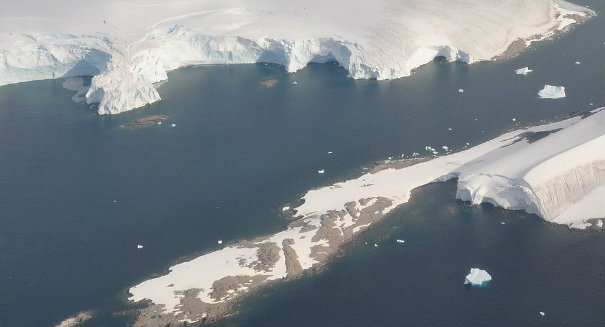
Researchers measured the concentration of carbon in the sediment at the bottom of four fjords.
Scientists studying fjords have discovered a surprising fact: the high altitude inlets soak up carbon faster than other marine ecosystems. Although fjords cover only 0.3 percent of the Earth’s surface area, they absorb nearly 11 percent of the total carbon sequestered by marine sediment – to the the tune of 18 million tons, researchers report in Nature Geoscience.
The role of fjords in the carbon cycle have been largely overlooked until now. Scientists who study such things tend to focus their efforts on large bodies of water, like oceans, which cover roughly 70 percent of the planet’s surface. Because of their size, oceans and other large bodies of water are easy to monitor by satellite, University of Washington geochemist, Rick Keil, tells Nature.
Not so for fjords. These oftentimes remote inlets can be less than two miles wide, making them hard to map, difficult to get to, and sometimes impossible to study from the ground.
“Many have no roads leading to them, so you can only get to them by helicopter,” Irina Overeem, a sediment geologist at the University of Colorado Boulder tells Nature. “You can’t take samples when there is ice — and for some places, like Greenland, that is about nine months of the year.”
The challenges associated with studying fjords make the new findings all the more impressive. According to Nature, the team of scientists measured the concentration of carbon in the sediment at the bottom of four fjords in New Zealand. This data set was then combined with information from previous studies of fjords around the world. After analyzing the full data set, the researchers found that every square kilometer of fjord sediment soaks up around five times more carbon each year than the equivalent area of the next most-absorbent sediments, the ocean’s continental shelves.
Where do fjords derive their carbon-sinking mojo? Overseem theorizes to Nature that the high altitude inlets are often surrounded by steep, densely forested cliffs, which can collect the carbon rich soil running down the slopes.
Much work needs to be done to learn more about the important role fjords play in climate regulation. For instance, researchers know that some fjords absorb much more carbon than others, but do not know why.
Still, while fjords may soak up more excess carbon than previously thought, it is not nearly enough balance out the increased amounts of carbon pumped into the atmosphere by human activity.